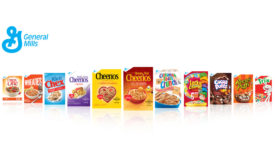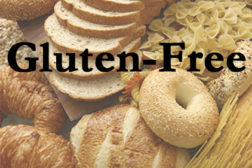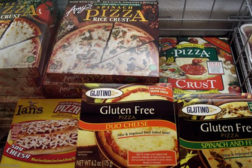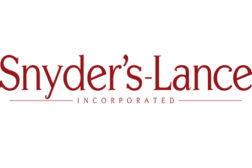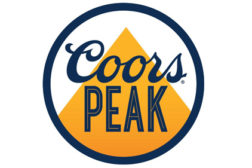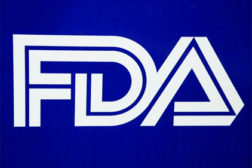Home » gluten-free
Articles Tagged with ''gluten-free''
TECH FLASH
Gluten-free labeling guidelines go into effect
As of last week, foods bearing a “gluten-free” label must fall in line with national regulations that stipulate what is, and is not, considered a gluten-free food
August 12, 2014
Elevate your expertise in food engineering with unparalleled insights and connections.
Get the latest industry updates tailored your way.
JOIN TODAY!Copyright ©2024. All Rights Reserved BNP Media.
Design, CMS, Hosting & Web Development :: ePublishing
